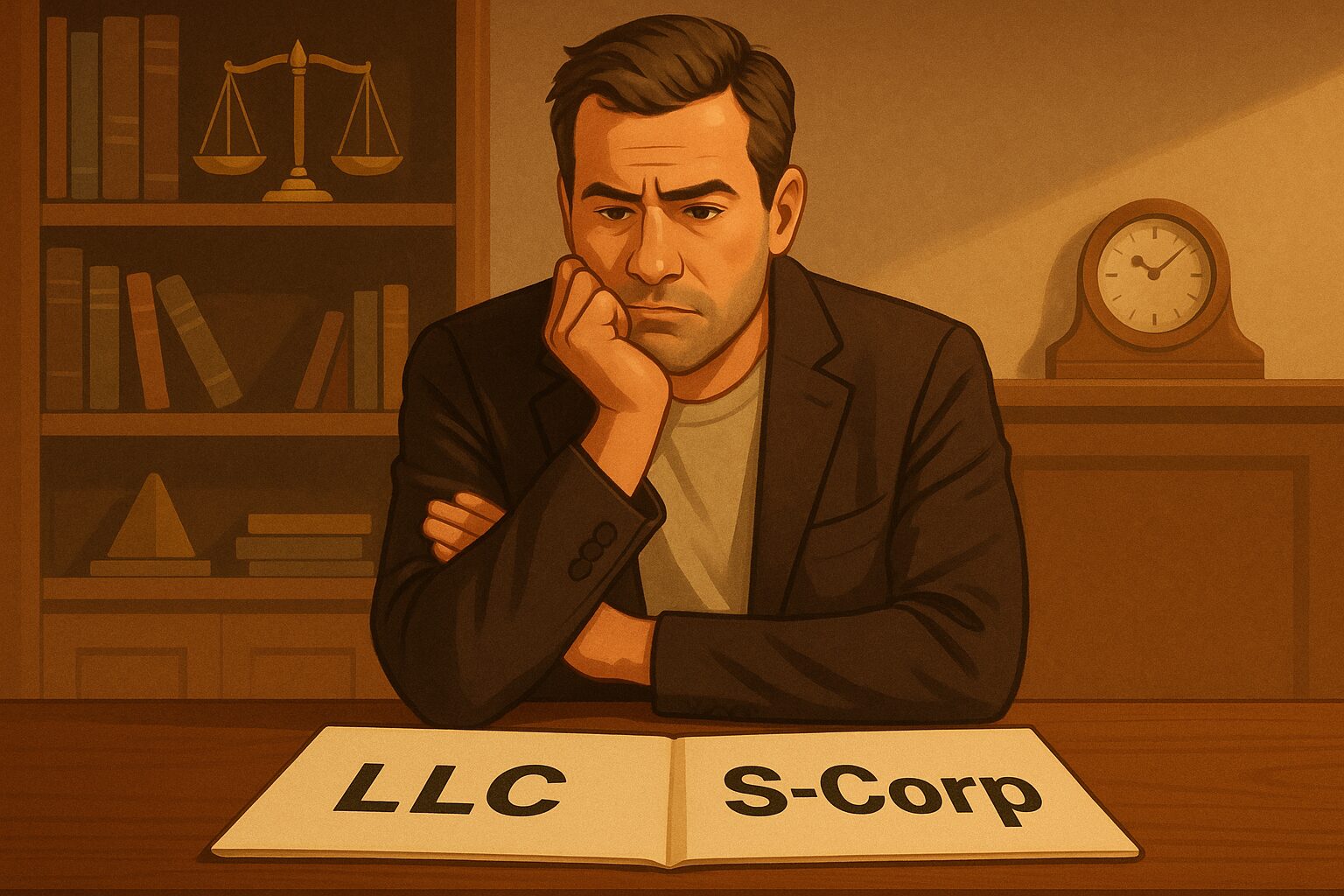When Congress passed the sweeping “One Big Beautiful Bill” this July, the headlines were full of corporate rate cuts, family tax credits, and energy incentives. But buried in the fine print (overlooked by most mainstream coverage) was a quiet revolution for America’s service industry workers.
Starting in 2025, qualified workers in tipped industries may be able to deduct up to $25,000 of reported cash tips from their taxable income. That’s not a typo. If structured correctly and documented properly, that money could be entirely tax-free — for now.
For the millions of Americans who rely on tips to pay their bills, think: bartenders, stylists, waiters, delivery drivers… this is completely game-changing.
So What Exactly Is the “No Tax on Tips” Rule?
Let’s break it down.
This provision, effective for tax years 2025 through 2028, allows qualified workers to deduct up to $25,000 per year in cash tips from their income. The key word here is cash! This does not apply to tips received via credit card that are processed through payroll.
The idea is to encourage honesty in tip reporting while delivering meaningful relief to front-line service workers. Many of whom have historically faced stiff tax burdens on inconsistent, low-margin income.
But before you start celebrating, know this: eligibility isn’t automatic.
The law specifically applies to those working in what the IRS will define as “qualified tip-based industries.” While the agency hasn’t yet published its final list, early drafts and Congressional notes suggest it will likely include professions such as:
- Restaurant servers and bartenders
- Hairstylists, barbers, and estheticians
- Valets, bellhops, and casino staff
- Food delivery and rideshare drivers
Of course, not everyone in these industries will qualify. The IRS is expected to release final guidance by October 2, 2025, which will clarify the fine print. Likely including proof of employment, documentation standards, and tip-tracking expectations.
How Much Can It Save You?
Let’s say you’re a bartender in Miami. You earn about $50,000 a year and half of that income comes from cash tips. Historically, those tips would be taxed like ordinary income, assuming you report them correctly (which you absolutely should).
Under this new law, you could exclude up to $25,000 of those tips from your taxable income. For someone in the 12–22% tax bracket, that could translate to $3,000 to $5,000 in annual tax savings. Over four years, you’re looking at up to $20,000 kept in your pocket instead of sent to Washington.
The only catch? You have to play by the rules — meaning detailed tip logs, consistent reporting, and no creative bookkeeping.
What Business Owners Need to Know
This isn’t just about helping workers. If you own or operate a business in one of these industries: say, a restaurant, a salon, or a valet company. This rule directly affects you too.
Expect a sharp uptick in employee-reported tips. Now that workers can benefit from reporting their cash tips, the days of underreporting may be numbered. That’s a good thing! But it also means your payroll processes and W-2 procedures need to be airtight.
There’s also the compliance burden. The IRS will likely scrutinize high-volume cash businesses for tip-reporting irregularities. Business owners who suddenly see a massive jump (or drop) in reported tips might trigger red flags.
For S-Corp owners, this creates an interesting dynamic. If you own the business and pay yourself a W-2 salary, you likely won’t qualify for the tip deduction. The rule targets employees—not owner-operators—but it can still benefit your team, your culture, and your retention efforts.
Now’s the time to update onboarding materials, refresh your team on tip-reporting best practices, and connect with a qualified tax professional (like us) to ensure you’re prepared.
The IRS Is Watching — So Document Everything
Here’s the part no one likes to talk about: just because the IRS gives you a deduction doesn’t mean they won’t check up on you.
This provision is almost guaranteed to come with strict documentation standards. Workers will need to prove:
- That they’re employed in a qualified industry.
- That the tips were actually received in cash.
- That the amounts match reported income to employers or on personal returns.
Workers who try to fudge the numbers or claim deductions on unreported income may find themselves in a hot seat they didn’t expect. If you’re a business owner, it’s critical to document payroll, tip distributions, and training protocols to protect yourself from IRS scrutiny as well.
What You Should Do Right Now
If you’re a tipped worker — start tracking your cash tips daily. Use a digital app or even a notebook, but be consistent. The cleaner your records, the easier it’ll be to take full advantage of this deduction next April.
If you’re an employer… meet with your tax advisor before the October IRS guidance drops. Review your payroll system. Educate your team. Tighten up your documentation policies.
Being proactive here doesn’t just save you trouble — it could save your team thousands of dollars and position you as a standout employer in your industry.
Final Thoughts
This new tip deduction isn’t a loophole. It’s a signal: that the tax code is (finally) acknowledging the hardworking service professionals that make the economy hum.
But like any new tax law, it comes with fine print, footnotes, and forms. The opportunity is real — but so is the risk of doing it wrong.
If you’re not sure how this affects your business (or want help implementing a rock-solid strategy) we’re here to help.
Book a free consultation with Weston Tax and let’s make sure you’re ready.
Welcome to the New Age of Accounting. Let’s begin.

Chris is the Managing Partner at Weston Tax Associates, a best-selling author, and a renowned tax strategist. With over 20 years of expertise in tax and corporate finance, he simplifies complex tax concepts into actionable strategies that drive business growth. Originally from Sweden, he now lives in Florida with his wife and two sons.









